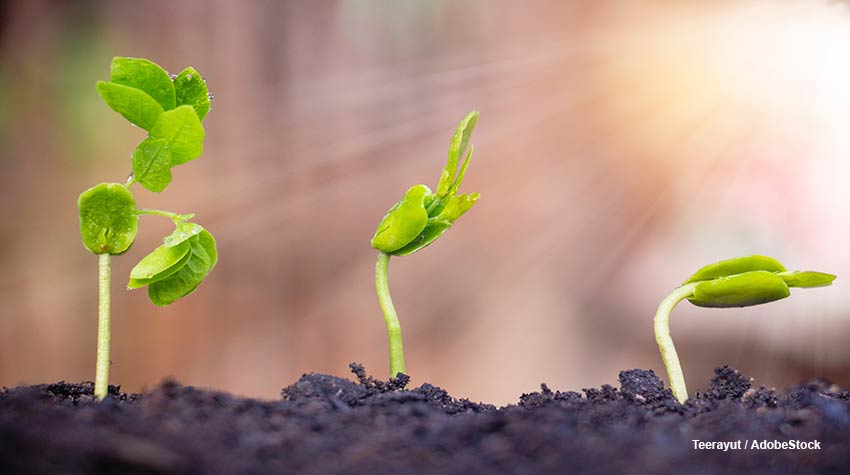I don’t think any poet is attracted to this word and even less to use it in any of his creations. Autotroph is soundless, hollow, not at all fancy and looks more like aggressive. For some it may even seem like the name of a criminal gang … the gang “The Autotrophs”. But none of this, autotrophs are one of the great wonders of nature and the key to Mother Earth to be able to fill its enormous aquatic, aerial and terrestrial enclosures with a great vital diversity.
Autotroph is a compound word that comes from the Greek: “auto” means itself, by itself, and “trophe”, nutrition. In this case, nutrition or feeding carried out by oneself, without the need to prey on other living beings.
Autotrophs are the most skilled beings that exist on the planet because they can sustain themselves without the need to “eat” others to survive.
Plants belong to this group and provide their pastures to herbivores or their plant material to fish and other inhabitants of seas, lakes, and rivers. Even the birds take advantage of its seeds to be able to subsist and the bees of its flowers to make their honeys. So, the entire animal kingdom feeds on the food chain started by the autotrophs and their final product, the plants themselves.
How do they make them? This sounds like the name of one of those TV shows that are dedicated to explaining how products are made. And it is that autotrophs are authentic factories that elaborate their nutrients from photosynthesis, a process that they teach us from the fourth grade, but that most forget in the fifth grade. Fortunately, photosynthesis is explained again in high school biology, but it also escapes the memory of many, a few months later.
Photosynthesis is practiced by our friends, the trees and thousands of species of the plant kingdom, fungi and some types of algae and bacteria that make life in the oceans. In a quasi-act of magic, in which almost out of nowhere, organic matter is obtained from inorganic matter. This is done by plants through a complex physical-chemical process, through the energy provided by sunlight.
Ah! And where do we leave the chlorophylls, (in the plural, because there are several types, but to name them would already be to get into deeper waters, which is not the purpose of this article). Chlorophyll is the pigment that originates the infinite shades of green that dress the plant world, and is responsible, nothing less than the process of transformation of light energy into chemical energy, during photosynthesis.
As if that were not enough, the process of photosynthesis, in addition to providing life on the planet, has a regulatory function of the greenhouse effect, since among all photosynthetic organisms, maritime and terrestrial, they fix “in the form of organic matter around 100,000 million tons of carbon per year. ” (Wikipedia).
In short, autotrophs synthesize everything they need for their food and metabolism, a complex process, fundamental for life on Earth, initiator of the trophic or food chain. Without it, herbivores, carnivores, and decomposers could not exist. Simply put, without photosynthesis there would be no life on Earth as we know it, a privilege of us Homo sapiens and all other species. Humans, who are the only thinkers in this global community, rarely reflect on the privilege of living on a planet like this.
Sandor Alejandro Gerendas-Kiss







Leave A Comment